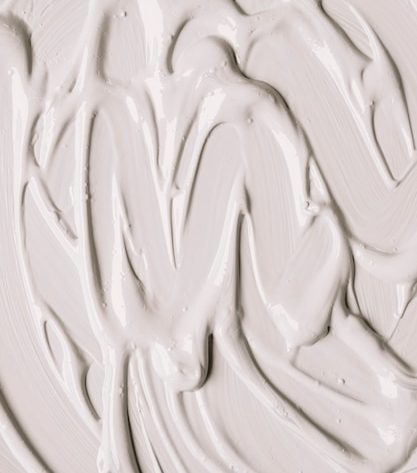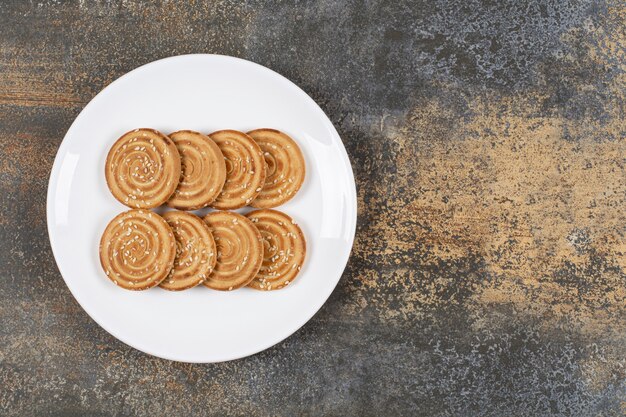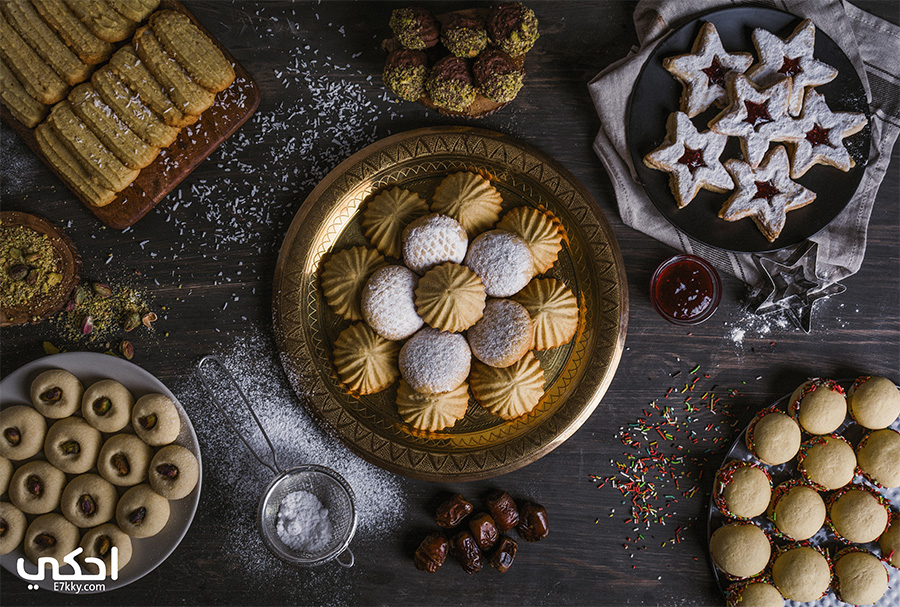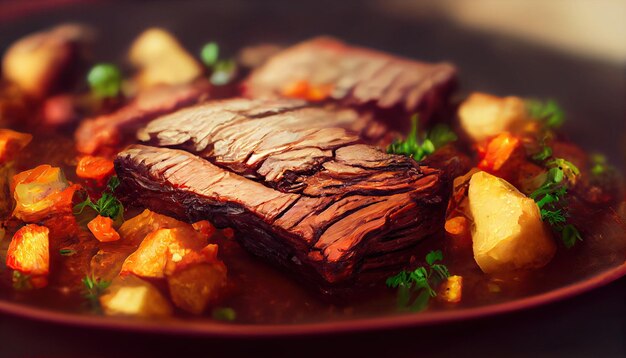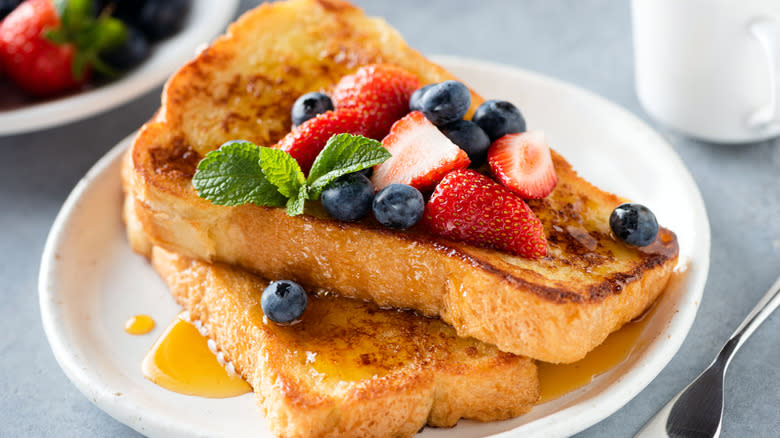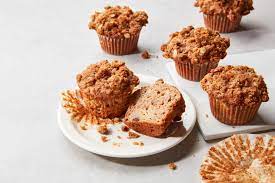Perfect Your Cakes with Stabilized Whipped Cream Frosting
When it comes to elevating your culinary creations, few elements can compete with the allure of a beautifully crafted topping that enhances both flavor and presentation. This delightful addition not only adds a luxurious texture but also brings a visual appeal that can transform an ordinary dish into a gourmet masterpiece. Mastering the technique of creating this delightful embellishment is essential for anyone looking to impress at the dinner table.
Understanding how to achieve the ideal consistency and flavor balance is crucial. With the right know-how, you can ensure that your topping remains light and airy while also standing up to the demands of any occasion. Whether it’s a birthday celebration, holiday gathering, or a simple family meal, this skill will make your culinary repertoire shine. Not only will it enrich the taste, but it will also provide that ‘wow’ factor that makes every bite unforgettable.
In this exploration, we will delve into the nuances involved in preparing this heavenly addition, focusing on the techniques and ingredients that result in a velvety, long-lasting topping. By the end, you will feel equipped to create delightful finishes that complement a wide range of sweet treats, leaving you with creations that are as pleasing to the eye as they are to the palate.
Understanding Stabilized Whipped Cream Basics
Creating a lush topping that holds its shape and adds a delightful texture to various confections requires a knowledge of certain essentials. These fundamentals ensure that your airy topping remains appealing and functional, enhancing your culinary creations with both aesthetics and taste.
When delving into this topic, it’s important to recognize the key components that contribute to durability and stability. Here are the primary factors to consider:
- Ingredients: The choice of ingredients plays a crucial role in achieving the desired consistency. Common options include powdered sugar, gelatin, and various stabilizers.
- Temperature: The temperature of both the mixing bowl and ingredients can significantly affect the outcome. Chilling these elements promotes better emulsification.
- Mixing Technique: Proper whipping technique is essential. Overmixing can lead to a grainy texture, while undermixing may cause the mixture to collapse.
- Storage: The way you store your finished product can influence its longevity. Understanding refrigeration and its effects is vital.
With a firm grasp of these basics, anyone can master the art of creating a resilient topping that not only enhances the visual appeal of any dish but also adds a tasty element to the culinary experience.
Ingredients That Make Whipped Cream Stable
Creating a light and airy topping that maintains its texture and appearance over time can be a challenge. Various components can be incorporated into the mixture to enhance its ability to hold its form, resist melting, and endure changes in temperature. Understanding these ingredients will elevate your ability to achieve a consistently delightful result.
Common Stabilizers
There are several popular agents that are often added to improve texture and longevity. Gelatin is a widely used choice, providing firmness when dissolved and mixed into the base. Alternatively, cream cheese or mascarpone can be blended in to enhance stability while adding richness. Additionally, instant pudding mix serves as an effective thickening agent, contributing both flavor and support.
Natural Options
If you prefer to avoid processed ingredients, there are natural alternatives worth considering. Cornstarch is a fantastic thickener that helps maintain structure. Another option is the use of powdered sugar, which contains cornstarch and can offer additional stability while sweetening the mixture. Finally, incorporating cocoa powder or nut-based flour can enhance both flavor and consistency without compromising quality.
Techniques for Perfect Whipping Results
Achieving an exquisite texture and structure in your airy topping can significantly enhance your sweet creations. Mastering the right methods not only ensures stability but also elevates the overall flavor profile of your culinary masterpieces. Let’s explore several key techniques that can help you produce outstanding results in your fluffy topping endeavors.
Choosing the Right Equipment: The tools you select play a crucial role in the final outcome. A high-quality mixing bowl made of glass or metal, along with a sturdy mixer or whisk, will provide the best conditions for aeration. Ensure that your utensils are clean and free of any grease, as even the slightest residue can hinder the process.
Temperature Matters: The temperature of your ingredients can greatly influence the consistency of your concoction. Begin with chilled ingredients, as cold components incorporate air more effectively. Aim for a temperature below 60°F (15°C) for optimal results, and consider chilling your bowl and beaters as well.
Gradual Incorporation: When adding sweeteners or flavorings, doing so gradually allows for a more controlled and uniform mixture. Start by beating the base until soft peaks form before slowly introducing additional elements. This gradual process helps maintain the volume while ensuring even distribution.
Monitor the Mixing Process: Keep a close eye on the texture as you whip. It’s important to recognize when to stop–overmixing can result in a grainy or curdled texture. Aim for a point just before stiff peaks form to retain an airy feel that will still hold up in your final application.
Experimenting with Stabilizers: If longevity in your fluffy topping is desired, consider incorporating natural stabilizers like gelatin, cornstarch, or powdered sugar. These ingredients can provide additional support, keeping your creation airy and stable for longer periods without compromising taste.
By employing these techniques, you can ensure that your airy topping not only looks delightful but also maintains its structure and flavor, making your sweet treats even more appealing.
How to Achieve Ideal Consistency
Achieving the right texture in your sweet toppings is crucial for enhancing the overall experience of your culinary creations. A well-balanced formulation not only holds its shape but also complements the flavors of the cake or pastry it accompanies. The process involves understanding the right proportions of ingredients and techniques to create a delightful and stable mixture that will dazzle any palate.
Selecting the Right Ingredients
The foundation for a successful topping lies in the quality and choice of components. Start with high-fat dairy, which contributes to a luxurious mouthfeel and stability. Consider incorporating natural thickeners such as gelatin or cornstarch, which can provide additional structure. Sweeteners play an important role as well; using powdered sugar instead of granulated can yield a smoother blend without graininess. Finally, flavor extracts can elevate your topping to new heights.
Once you have gathered your ingredients, focus on the mixing process. Begin by chilling your mixing bowl and utensils to maintain a lower temperature, which is vital for achieving an airy texture. Whip the components gradually, allowing them to combine fully before increasing speed. This careful approach prevents separation and ensures an even consistency throughout. Monitor your mixture closely, stopping just as it reaches the desired stiffness.
Creative Uses for Stabilized Frosting
There are countless ways to incorporate this versatile topping into various culinary delights. Its ability to hold shape and resist melting makes it an excellent choice for numerous applications beyond the traditional dessert. Here are some inventive ideas to inspire your next treat.
- Cake Decorating: Use it to create intricate designs on cakes, adding texture and visual appeal.
- Fruit Dip: Pair it with fresh fruits for a delightful snack or appetizer at gatherings.
- Layering in Trifles: Alternate layers of this topping with cake pieces and fruits for a stunning dessert presentation.
- Filling for Pastries: Use it as a filling in éclairs, cream puffs, or layered within tarts.
- Piping on Cupcakes: Achieve beautifully piped swirls that maintain their form and add a cheerful touch to any cupcake.
Besides these uses, there are many other creative opportunities waiting to be discovered, allowing you to elevate the presentation and flavor of various dishes. Let your imagination run wild!
- Ice Cream Topping: Create a beautiful topping for ice creams, adding both flavor and a touch of elegance.
- Layer on Brownies: Enhance brownies with a generous layer, taking them to another level of deliciousness.
- Flavor Variations: Infuse different extracts or colors to customize it for special occasions or seasonal treats.
With these ideas, you can take this delightful mixture beyond the realm of simple desserts and into the spotlight of every occasion, making it a must-have in your kitchen arsenal.
Tips for Storing and Serving Desserts
Proper management of sweet treats is crucial to maintain their flavor and texture. By following some essential strategies, you can ensure that your confections stay fresh and enjoyable for your guests or family members.
Storage Conditions: Always keep your delicacies in a cool, dry place. Temperature plays a significant role in preserving quality. Avoid exposure to direct sunlight or heat sources that may cause melting or spoilage.
Containers: Utilize airtight containers to prevent moisture and air from affecting your treats. When stacking layers, place parchment paper between them to avoid sticking.
Refrigeration: For items that require chilling, ensure they are covered adequately to prevent absorption of other odors. It’s best to consume these within a few days for maximum flavor and texture.
Freezing: When necessary, freezing can be an excellent option. Wrap your products tightly in plastic wrap and then place them in a freezer-safe bag. Thaw in the fridge before serving to maintain consistency.
Serving: Allow your confections to reach room temperature before presenting them. This enhances the flavors and ensures that textures are at their best. Pairing with complementary toppings or sauces can elevate the tasting experience.
Garnishing: Fresh fruits, shavings, or nuts can add a beautiful finishing touch and enhance visual appeal. Just be mindful to add them right before serving to maintain freshness.
By keeping these practices in mind, you’ll guarantee that your creations remain delightful, whether enjoyed immediately or stored for later indulgence.
Q&A: Stabilized whipped cream frosting
What is stabilized whipped cream frosting, and why is it used in desserts?
Stabilized whipped cream frosting is a type of frosting that maintains its shape and texture for a longer period than regular whipped cream. This is achieved by incorporating stabilizers like gelatin or powdered sugar into the mixture. The primary reason for using stabilized whipped cream frosting in desserts is its ability to hold up well when exposed to heat and time. This is particularly important for cakes and cupcakes that may sit out at room temperature for extended periods or for desserts that need to be stored for a while before serving. Additionally, it provides a lighter texture compared to buttercream, making it a preferred choice for many bakers seeking a creamy yet airy finish.
How do you make stabilized whipped cream frosting from scratch?
Making stabilized whipped cream frosting from scratch is relatively easy and requires just a few key ingredients. Start with heavy whipping cream (about 1 cup), and chill your mixing bowl and beaters in the refrigerator for about 15 minutes for best results. In a small bowl, combine 1 tablespoon of gelatin with 2 tablespoons of cold water and let it bloom for about 5-10 minutes. Then, gently heat the gelatin mixture until it’s completely dissolved (you can do this in a microwave for a few seconds). In the chilled bowl, whip the heavy cream on medium speed until soft peaks form, then gradually add 1 cup of powdered sugar and the dissolved gelatin while continuing to whip. Once you achieve stiff peaks, your stabilized whipped cream frosting is ready to use! Not only is it delicious, but it will also hold its shape for days.
Can I flavor my stabilized whipped cream frosting, and how do I do it?
Yes, you can definitely flavor your stabilized whipped cream frosting to suit your dessert needs! The simplest way to add flavor is by incorporating extracts, such as vanilla, almond, or lemon, during the whipping process. Typically, you can add about 1-2 teaspoons of extract per cup of heavy cream. For a richer flavor, consider adding melted chocolate or cocoa powder. If you prefer fruit flavors, you can puree fresh fruit and fold it into the whipped cream after achieving stiff peaks. Just be cautious with the amount you add, as too much liquid can affect the stability. Ultimately, the possibilities are endless when it comes to flavoring your frosting!
How long can I store stabilized whipped cream frosting, and what is the best way to do it?
Stabilized whipped cream frosting can generally be stored in the refrigerator for up to 3-5 days, depending on the freshness of your ingredients. To store it, place the frosting in an airtight container to prevent it from absorbing odors from the fridge and losing its texture. If you’ve already used the frosting on a cake or dessert, it’s best to cover it loosely with plastic wrap to avoid sticking and preserve its shape. If you need to store it for a longer period, consider freezing it. To do this, spoon the frosting into a freezer-safe container, seal it tightly, and it can be frozen for up to 1 month. When you’re ready to use it, simply thaw it in the refrigerator overnight, and then re-whip it gently before use to restore its lightness and texture.
What is the key ingredient in a stabilized whipped cream recipe?
Unflavored gelatin is the key ingredient in a stabilized whipped cream recipe. It helps the whipped cream maintain its shape and texture for a longer period, making it ideal for decorating cakes and cupcakes.
How can I make homemade whipped cream frosting stable enough for decorating?
To make homemade whipped cream frosting stable enough for decorating, use a stabilized whipped cream recipe. This typically involves incorporating unflavored gelatin into the cream, which helps it hold its shape and stay stable.
What is the purpose of using gelatin in whipped cream?
Gelatin is used in whipped cream to stabilize it, preventing it from becoming runny or separating over time. This is especially useful when making whipped cream frosting for layer cakes or cupcakes that need to hold up well.
How do you prepare unflavored gelatin for a whipped cream recipe?
To prepare unflavored gelatin for a whipped cream recipe, dissolve the gelatin in a small amount of water. Heat the mixture gently until the gelatin is fully dissolved, then allow it to cool slightly before adding it to the whipped cream.
What is the difference between whipped cream frosting and buttercream frosting?
Whipped cream frosting is light and fluffy, made from whipped cream and often stabilized with gelatin. Buttercream frosting, on the other hand, is richer and denser, made from butter and powdered sugar, and can be flavored with vanilla extract or other ingredients.
How can I ensure my whipped cream remains stable when making a layered cake?
To ensure your whipped cream remains stable when making a layered cake, use a stabilized whipped cream recipe. Adding unflavored gelatin to the cream helps it maintain its texture and prevents it from becoming runny or separating.
What are the benefits of using cold heavy cream for whipping?
Using cold heavy cream is crucial for whipping because it helps the cream whip up more effectively and achieve a higher volume. Cold cream also stabilizes better and forms firmer peaks, making it ideal for frosting and decorating.
How long can stabilized whipped cream be stored in the fridge?
Stabilized whipped cream can be stored in the fridge for up to 3 days. To keep it fresh, store it in an airtight container to prevent it from absorbing odors or becoming too soft.
What can I do if my whipped cream becomes runny?
If your whipped cream becomes runny, it might not have been whipped enough or it could be too warm. To fix it, try refrigerating the cream until it is cold again, then re-whip it. For a more stable result, you can also add a bit of unflavored gelatin.
What is the best way to incorporate vanilla extract into whipped cream?
To incorporate vanilla extract into whipped cream, add it along with the sugar before you begin whipping the cream. This ensures that the vanilla flavor is evenly distributed throughout the whipped cream.
